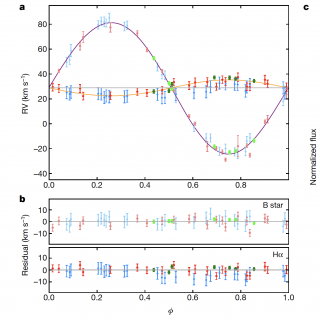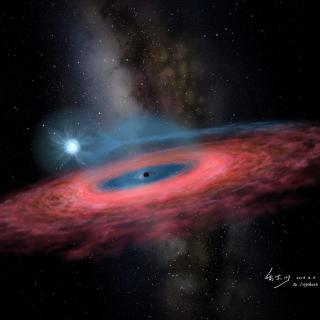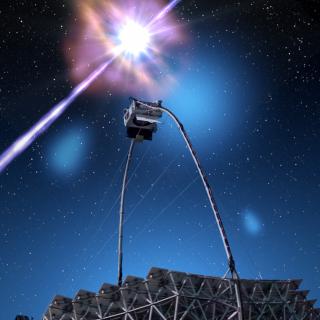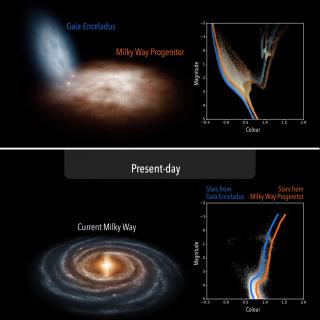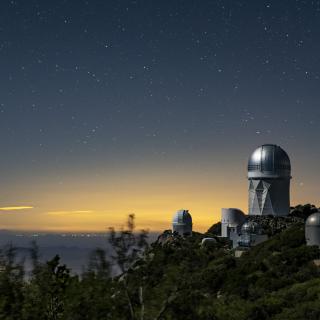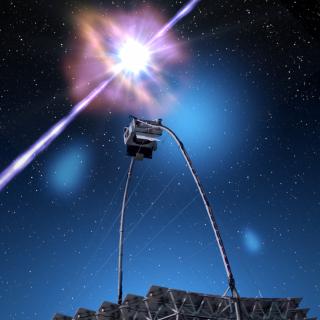
Gamma-ray bursts (GRBs) are brief and extremely powerful cosmic explosions. They are thought to result from the collapse of massive stars or the merging of neutron stars in distant galaxies. They commence with an initial, very bright flash, called the prompt emission, with a duration ranging from a fraction of a second to hundreds of seconds. The prompt emission is accompanied by the so-called afterglow, a less brighter but longer-lasting emission over a broad range of wavelengths that fades with time. The first GRB detected by the MAGIC telescopes, known as GRB 190114C, reveals for the
Advertised on
